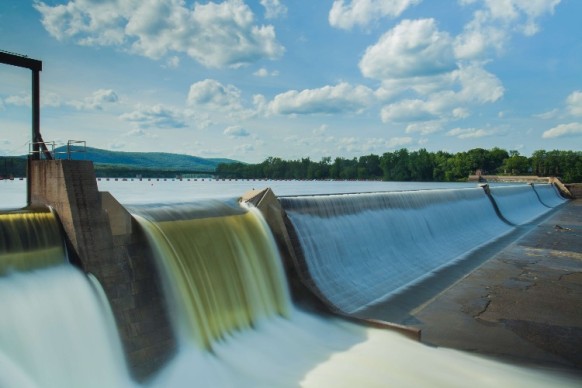GIS Tools for Hydraulic Projects
In recent years, the supply of technological products and services that can be used by hydraulic engineers and those responsible for water management companies has multiplied. Until recently, there was no tool that connected all these features. And this is exactly what has been done with GISWATER. This software allow to manage hydraulic projects.
Why GIS tools are essential to manage and maintain infrastructure
Josep Lluís Sala, GIS Project Coordinator, President of the Giswater Association and Professor at Zigurat, presents how to use
GISWATER software in hydraulic projects, an intelligent, free and free technology to manage the cycle integral of the water.
The Open Source GISWATER software
facilitate hydraulical planning and calculation of the infrastructure, potable water supply and urban drainage sanitation networks, and also incorporates tools for management and maintenance during the operations phase.
Planning and hydraulically calculating a project
GISWATER is a driver that
connects different hydraulic water analysis tools and spatial databases through which you can
access from any geographic information system (GIS). It is compatible with all the elements that make up a supply or sanitation network management system, such as EPANET, EPA SWMM, GIS, WMS or SCADA and, therefore, can be incorporated into the computer ecosystem of any entity or company dedicated to the management of water and multiply its benefits.
It has an ecosystem based on a database where the network
inventory of an infrastructure and other information is stored, which will allow us to know the
results of the hydraulic analysis and other aspects of its management.
More than a hydraulic engineering software
Among many other features, some of the most outstanding aspects of GISWATER is that it allows for an
inventory of assets, creating a
hydraulic modeling to take the network to the calculation programs and
plan, analyze and manage hydraulic projects.
Actives' inventory
The program works by catalogs, so each time the user designs a specific product, such as a pipeline, for example, you can use your
own library of products.
The information of each item in the catalog is stored in tables that can be edited and updated at any time.
Hydraulic modeling
GISWATER connects with the hydraulic modeling through the EPANET and the SWIMM. From the database, what the software does is
send the infrastructure data through an INP file to the calculation programs and read the results file until filling other tables in the database. It is possible to have
several simulations in a single project and decide which is the best option, or have
different return periods in terms of rainfall drainage or consumptions in terms of computable.
https://www.youtube.com/watch?v=od5X_frCY-E
The software
does not have a GIS interface, but rather the parameters of the database, the user roles and the different parameters of the software configuration that allow the user to overwrite INP files, as well as results. In turn, in hydraulic modeling, it is possible to choose what
type of elements and what sector they go to modeling to then export the INP file and read and generate the IRP file to import it into the database with a specific name.
To visualize the result of the hydraulic modeling, we will use the
QGIS viewer.
https://www.youtube.com/watch?v=H_SLM5iSbN8
Planning and management of hydraulic projects
When we have an infrastructure to manage, it is very important to carry out a good
Master Plan, in which the different actions to be carried out are determined in order to improve the network in which we are going to operate.
GISWATER is ideal for making master plans of all kinds because, in addition to having
integrated GIS tools, it incorporates flood risk assessment.
The planning can be valued economically and automatically, thanks to the available inventory of products. In addition, it is also possible to manage events such as visits, breakdowns and having absolute control of everything that happens on the network.


